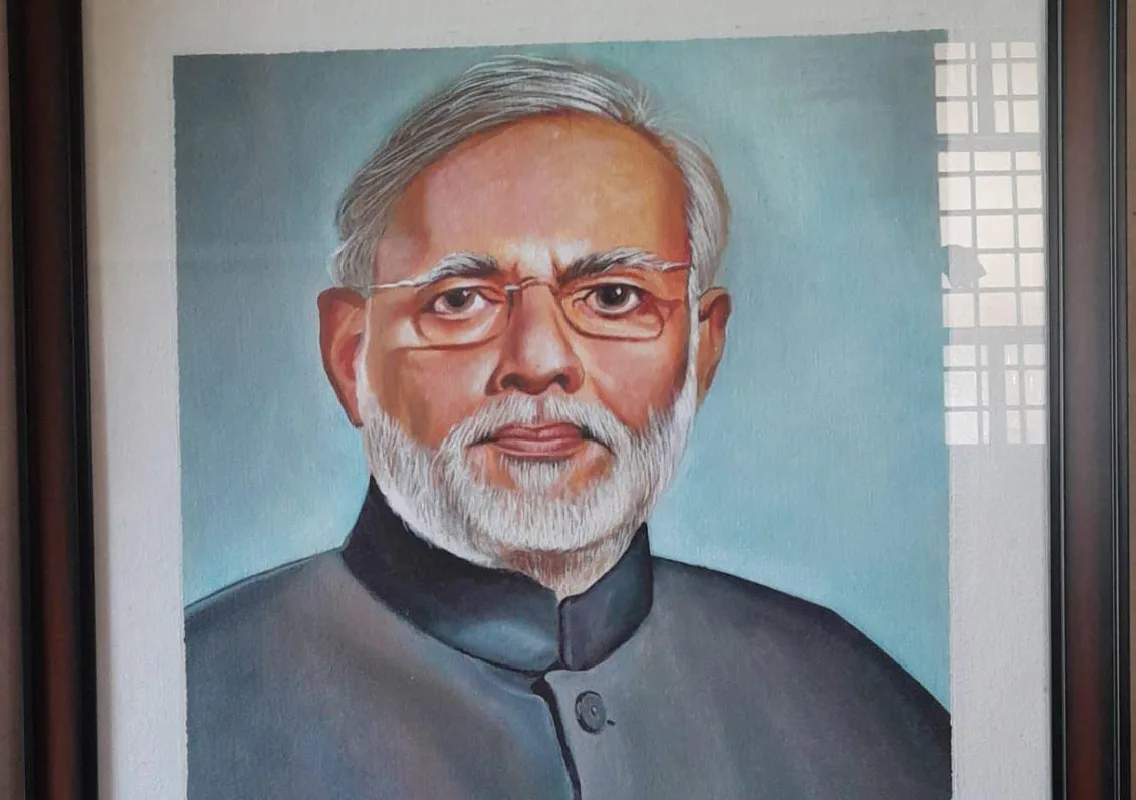New Delhi: The production-linked incentive (PLI) scheme is likely to push mobile phone manufacturing at a healthy growth trajectory of 15-20 per cent CAGR to reach a value of Rs 5-5.5 lakh crore by FY2026, rating agency ICRA said on Tuesday.
The government introduced PLI for large-scale electronics manufacturing in April 2020, primarily targeting mobile phones and specified electronic components as product categories with a cumulative outlay of Rs 38,601 crore.
The scheme intends to offer incentives of 4-6 per cent on incremental sales over a period of 5 years provided that the shortlisted players meet set thresholds of incremental revenues and investments subsequent to base year.
“As per estimates, PLI scheme will enable domestic sourcing or localisation to improve from current 15-20 per cent to 35-40 per cent, in case of mobile phones aided by economies of scale supporting local manufacturing of certain components starting with chargers, batteries, cameras, displays, PCB design and assembly,” said Sheetal Sharad, Vice-President and Sector Head, ICRA.
“Given the expected investments in the manufacturing infrastructure, the scheme is also expected to generate considerable employment generation,” Sharad added.
The scheme is expected to bring fresh investments from global and domestic mobile manufacturers, resulting in healthy growth in mobile phone production at a CAGR of 15-20 per cent between FY2022-FY2026 — with a potential to boost India’s exports.
With the success of the first round, the government introduced the second round of PLI scheme in March last year, focused on electronic components such as active semiconductor components, passive components and PCB assemblies, etc.
The eligibility to apply for incentives under the second-round scheme is contingent on relaxed threshold criteria and incentives of 3-5 per cent of incremental sales.
According to the ICRA, India has emerged as the second largest manufacturer of mobile handsets in the world in terms of volumes after China, growing at a CAGR of 50 per cent during FY2015-21 on a low base.
“Although the country witnessed considerable growth in production, the amount of value addition remained low as almost 80-90 per cent of the components continue to be manufactured outside due to the weak component manufacturing ecosystem,” said the report.
Key challenges faced by manufacturers in India include lack of R&D infrastructure, high capital and logistics costs, muted private sector interest and weak backward linkages.
Moreover, the impact of Covid-19 pandemic waves was felt across geographies which disrupted the mobile phone supply chain which is highly reliant on a few geographies such as China, Vietnam, Taiwan etc.
This prompted OEMs to improve geographical diversification of their manufacturing operations.
“The new Covid-19 waves in China and Russia-Ukraine conflict is expected to exacerbate the component shortage in the near term. Apart from supply chain challenges, higher customs duty on imported components could impact the cost competitiveness of mobile phone manufacturers from exports perspective,” said Sharad.
“From a demand perspective, 5G rollout in 2022 and easy financing would create replacement demand for the mobile phones,” she added.


















